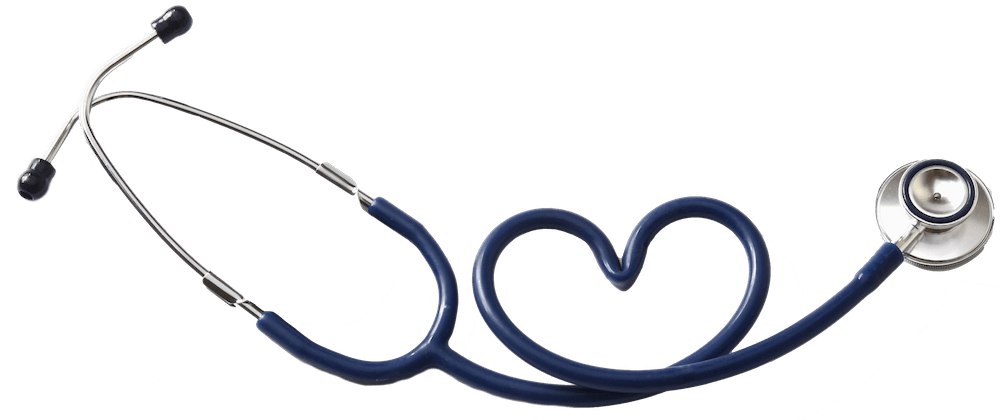Craniosynostosis
Craniosynostosis is the premature fusion of cranial sutures resulting in an abnormal head shape. The cranium is made up of multiple bones/plates (metopic, coronal (x2), sagittal and occipital). At birth, the cranial sutures are “open”/patent allowing for the head to pass through the birth canal. As the infant grows, the cranial sutures begin to close. The posterior fontanelle typically closes by 1-2 months of age (although the posterior fontanelle may be closed at birth). The anterior fontanelle closes between 9-12 months of age. Premature fusion of the cranial bones may result in an abnormal head shape.
The coronal suture separates the two frontal bones from the parietal bones. There are 2 coronal sutures. Coronal suture craniosynostosis may be characterized by premature closure of one side (unilateral) or both sides (bilateral).
Trigonocephaly
The metopic suture is seen down the middle of the forehead. Premature fusion of this suture results in Trigonocephaly. In some cases, this fusion may include ridging of the suture. The resulting head shape will be triangular.
Premature fusion of the saggital suture leads to an elongated skull, called Scaphocephaly (shaped like a keel of a boat). When the saggital suture closes prematurely, lateral head growth is restricted as illustrated in this drawing.
Positional Plagiocephaly
Postional plagiocephaly is an abnormal head shape. However, unlike craniosynostosis, the sutures are “open”. This head shape may be due to abnormal posture in-utero, and may include a history of torticollis. Infants with deformational plagiocephaly may benefit from; physical therapy evaluation and treatment, and/or use of a helmet/headband.
Deformational Plagiocephaly
Deformational plagiocephaly is an abnormal head shape with “open sutures”. This head shape may be due to decreased tummy time, history of torticollis, or abnormal posture in-uetero. Infants with deformational plagiocephaly may benefit from; physical therapy evaluation and treatment, and/or use of a helmet/headband.


